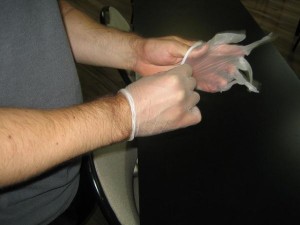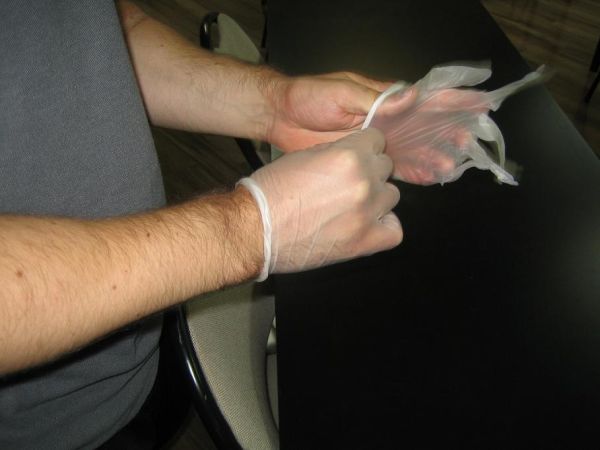Many people attend First Aid Classes in order to become a first
aider at their place of work. In particular traffic and building sites are prone to incidents and a crush injury is a particularly difficult situation they may have to deal with.
However its not just traffic and building sites, crush injuries can also occur from explosions, earthquakes and train crashes.
The problem with crush injuries is that they can hide injuries underneath them. They can include fractures, swelling and internal bleeding. The force of being crushed can mean the patient has numbness at the site or below it. This would be caused by impaired circulation from the crushing object.
St Mark James Training says the treatment for crush injuries will be different depending on the length of time the patient has been crushed for. This is because of the complications caused by prolonged crushing forces on the body.
According to St Mark James First Aid manual, there are two main serious complications that can result from being crushed for a length of time.
Extensive damage will be done to the body tissues, in particular the muscles. The issue is that when the crushing force is removed, these tissues will leak fluid into the injured area and this can quickly result in the patient suffering from shock, which can be fatal.
Furthermore, toxic and dangerous substances build up in the muscles around crush injuries. Again, when the crushing object is removed, these toxins will be released quickly into the blood stream. These will then be circulated around the body and can give the patient kidney failure. This complication is known as crush syndrome, and is considered very dangerous as it can be life-threatening.
A first aiders aim in a crush injury is to get urgent medical assistance to the patient. But actual treatment is different for the length of time the patient has been crushed.
For Crush Injuries for less than 15 minutes:
St Mark James Training says the patient should be released from the crushing force as soon as possible. For your own protection you should use gloves if available. You must then control any bleeding and cover any wounds the patient has sustained. If you suspect any fractures, these should be supported and secured.
Remember to continue to monitor the patient for their level of responsiveness, pulse, breathing and look for any signs of shock.
However, for Crush Injuries for more than 15 minutes:

It is important that if you are unsure or in any doubt over how long a patient has been crushed, then be cautious and leave the crushing object where it is.
REFERENCES
First Aid Manual (The Authorised Manual of St. John Ambulance, St Andrew’s Ambulance Association and the British St Mark James), 2006.

